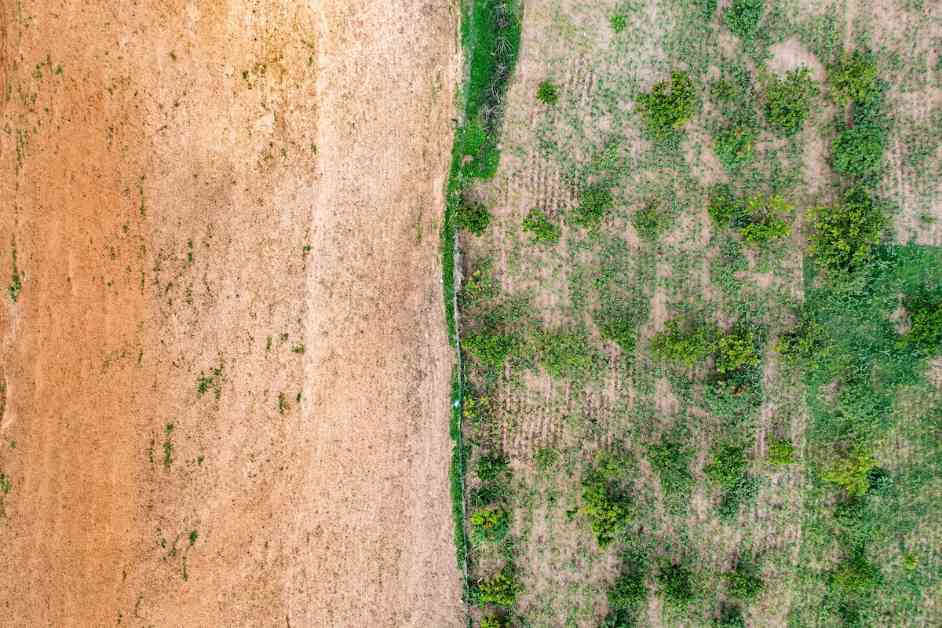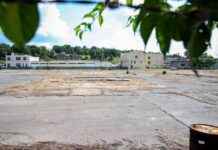Recent research suggests that global land restoration efforts are not only feasible but also economically viable. A study conducted by Regreening Africa in Ghana on July 5, 2022, revealed that fulfilling existing land restoration pledges in 115 countries would require a mere fraction of the global annual GDP. The estimated cost, amounting to approximately 0.04% to 0.27% of the global GDP, equates to a range of $311 billion to $2.1 trillion.
Cost Analysis of Land Restoration Projects
In analyzing 243 land restoration projects worldwide, researchers found that the median cost per hectare ranged from $185 to $3,012, with an overall median cost of $1,691. Lower-cost initiatives included forest management for $185 per hectare, passive regeneration for $513 per hectare, grazing management for $631 per hectare, and assisted natural regeneration for $804 per hectare.
Dewy Verhoeven, the lead author of the study and a Ph.D. candidate at Wageningen University & Research, explained that passive regeneration involves simply fencing off an area and letting it recover naturally, requiring minimal costs upfront. However, the opportunity costs are significant as the land is rendered unusable for other purposes.
Conversely, projects with the highest median costs include agroforestry ($2,390 per hectare), cross-slope barriers ($2,562 per hectare), irrigation ($2,886 per hectare), and silvopasture ($3,012 per hectare). Silvopasture, an integrated system combining trees and pasture for livestock grazing, emerged as one of the most expensive restoration methods.
Global Economic Impact and Distribution of Costs
While the total cost of global land degradation projects would amount to 0.38% to 2.65% of the global GDP for one year, spreading these costs over a decade would significantly reduce the annual burden to 0.04% to 0.27% of the global GDP. However, the distribution of costs could disproportionately affect lower-income countries, particularly those in sub-Saharan Africa and South and Southeast Asia, where most restoration projects are concentrated.
Verhoeven emphasized the need for equitable financing frameworks, such as Payment for Ecosystem Services (PES), private sector involvement, and public financial support to ensure that lower-income countries can access the necessary resources for land restoration. The study underscored the importance of understanding the costs and benefits of restoration efforts from various perspectives, including farmers, governments, and private investors, to design effective financing mechanisms.
Moreover, with land degradation expanding at an alarming rate—approximately 1 million square kilometers per year, equivalent to the size of Egypt—investing in land restoration presents a critical opportunity. According to the Potsdam Institute for Climate Impact Research (PIK) and UN Convention to Combat Desertification (UNCCD), every dollar invested in land restoration yields economic returns ranging from $7 to $30.
The authors of the study emphasized that beyond economic benefits, land restoration plays a vital role in improving ecosystem health and advancing progress towards the UN Sustainable Development Goals. As Paige, a sustainability-focused writer based in Los Angeles, aptly put it, sustainable land management is not only a financial investment but a commitment to preserving our planet for future generations.
As you consider the implications of these findings, remember that the choices we make today shape the world we leave behind for tomorrow. Let us heed the call to action and embrace the transformative power of land restoration in safeguarding our environment and fostering sustainable development for all.














